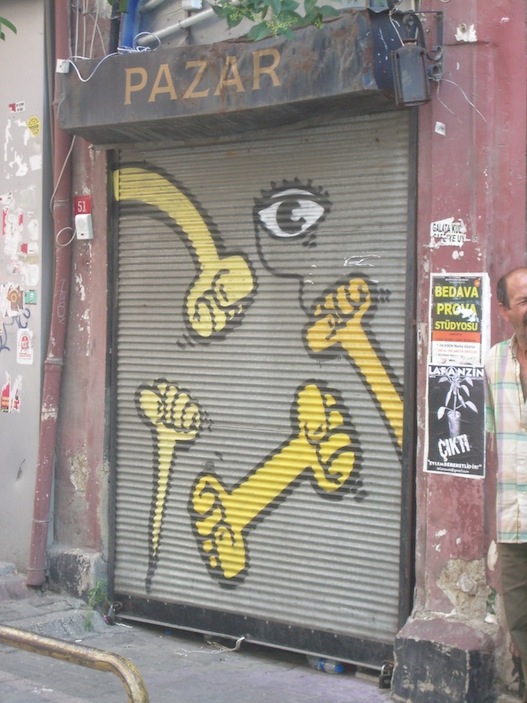IDistanbul: Five Times a Day? Please, No!!
As any of you who have been to the Middle East know, it’s not unlikely that you may be wrestled from your first-morning jet lag by the croons of an imam with the first of his five daily azan, or calls to prayer–at least if you’re anywhere within earshot of a mosque (which you probably are). That served as my alarm clock on my first visit, and though it’s not exactly hummingbirds singing to the daisies, there’s a certain romantic, haunting quality about it–certainly a great way to remind you where you’ve awoken. Given that the call of the imam, or muezzin, is considered an art form, it’s usually somewhat melodic, albeit a bit tinny depending on the quality of the speakers…
Apparently, not everyone’s experience is so pleasant. Istanbul’s head of religions affairs has responded to complaints by setting up singing lessons to make sure that all 3,000 of the city’s mosques have a pleasant tune for the
neighbors. And for those voices that are just beyond repair?
The loudspeaker in the mosque will be linked to a central recording system that will broadcast a professional voice! Which begs the questions–why not just do this to begin with, and who exactly determines what the threshold of being able to sing vs. not sing is?
.jpg)































































































































































